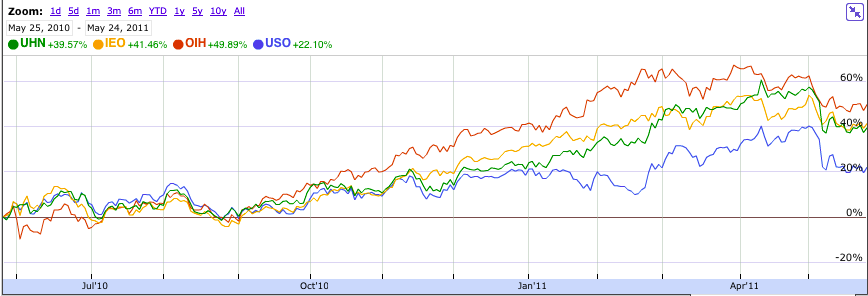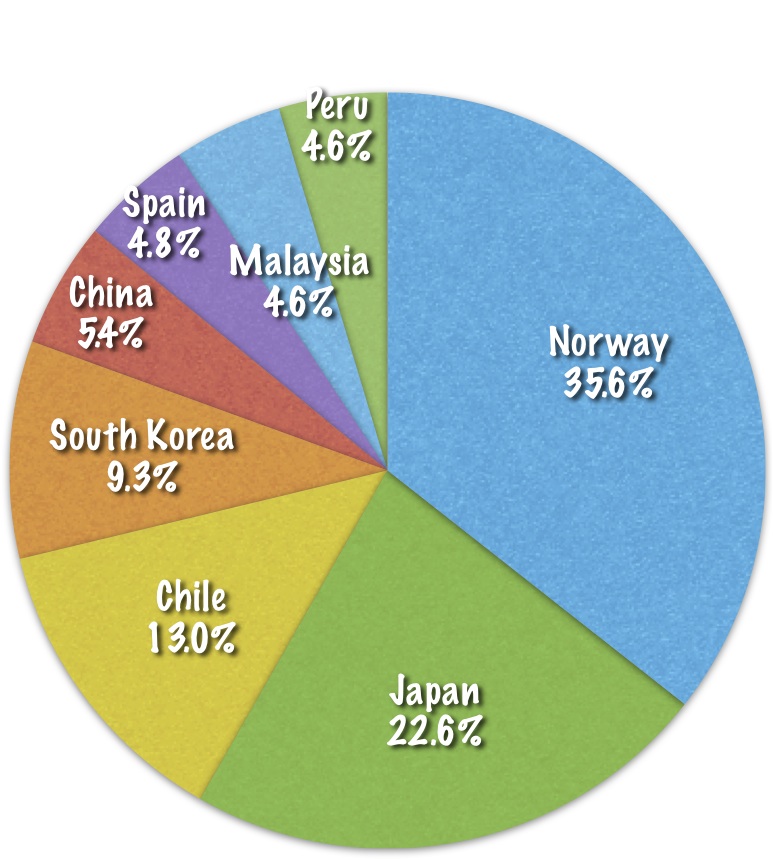I’ve always felt that the fear of looking stupid is a pretty big fear for most people, and that keeps us from asking many questions that we should.
I also feel that the most potent antidote for it is the knowledge that you’re not stupid, and the confidence that others will realize that sooner or later.
I’ve lost count of the number of times I’ve asked a question knowing fully well it will sound silly. Once I was sweetly rewarded when someone followed my question by saying that she wanted to know that too, but was too scared to ask, and you could see most people in the room nod to that! It still scares me to ask questions in a room where there are more than 5 people but I’m working on it.
For this reason, I loved this incredibly simple and powerful graphic from Indexed, though from the headline, I feel that was not the original intent behind this.
Among other good stuff – Hemant has written a pretty comprehensive article on Sector Funds, and it covers a lot of aspects about them, definitely worth checking out.
I also felt really inspired by Kim’s post on how she balances freelancing with being a single mom, and thought it was a really good read.
YouTube turned 6 this week, and I was amazed to learn that it gets 6 billion page views a day! Yes, that is a b, and a day.
Two good links from Economist:
One where it weighs on India’s diplomacy measures in Africa.
And the other where it discusses where will the next 10 trillion dollars for World GDP come from?
Enjoy your weekend!




